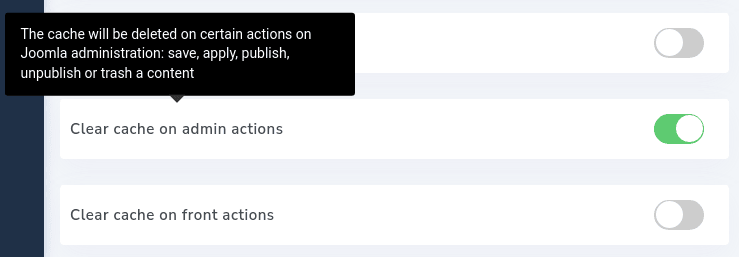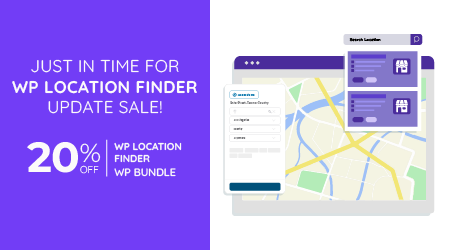Finer speed-up control on Joomla's Speed Cache
Caching, grouping and minimization remain underrated aspects of Joomla! webpage optimization. Simply visit the Google search engine, a reductive simplification of modern webpages, open DevTools and see how many requests it takes to load a simple webpage with just a logo and a search bar. Imagine caching even just a half of the requested files. You do not have to imagine because with Speed Cache you can easily speed up your Joomla blog.
Speed Cache covers everything that you need to optimize your website. The Joomla extension allows you to group and minify files, compress and defer loading of images, use CDNs and many more features. The latest version has bolstered file grouping and minification, as well as given you more controls over when and how to speed up your blog. Let's dive in!
Speed-up per user group
The first change to Speed Cache is a subtle one. Before the latest update, Speed Cache allowed you to cache separate user files, but if you navigate to your Joomla extension's configuration, you will find a new option in the main Parameters tab that gives you more control over your blog: selectively disabling optimization.
Disabling optimization may sound counter-intuitive, but it has its uses. If you are an editor, for example, you might want to be certain that Joomla saved your changes correctly. Or you might want to view changes to articles in the frontend to ensure they display well. In either case, caching might be a hindrance, not a benefit.
The new feature allows you to disable optimization for certain user groups. From the Parameters tab in the configuration, you can disable cache and the other optimization features for certain user groups, such as authors, registered users or managers. When you're done ticking user groups, save changes from above.
Selective cache clean-up
Every time you have to make a change to your Joomla blog, whether editing an article, changing the style or anything else, you have to follow the same manual process. You either have to wait for the changes to roll out once the cache expires, or you have to enter the parameters and clear the cache. It's a simple process but a laborious one nevertheless, yet the latest update lets you automate a part of the process.
From SpeedCache's Parameters, you can now automate cache clearing on administration and frontend actions. In short, the new switches let you clear the cache whenever you save, apply, publish, unpublish or trash content, such as articles. You can apply cache clearing in the administration backend or in the frontend, or in both.
The new feature works not only for the standard Joomla! CMS but also with YOOtheme Pro. YOOtheme Pro is a page builder for WordPress and Joomla, and which allows you to create more aesthetically-pleasing layouts than Joomla. With the latest update to Speed Cache, you do not have to choose between YOOtheme Pro's layouts and selective cache clean-ups.
Further down, you will also find one more new feature: the option to hide the Clear Cache button in the administration backend. Perhaps you want a cleaner Joomla backend or simply want to avoid someone unintentionally clearing all the cache. Perhaps you do not want to clear all the cache but only a few pages at a time. In any case, you can remove the button with the simple toggle of a switch from Speed Cache's Parameters tab.
Improved file grouping and minification
The other great way of optimizing your Joomla blog is through grouping and minification. Grouping and minification bundle scripts or stylesheets and then minimize them to occupy less space. And with fewer requests and smaller files, your Joomla blog's performance soars.
Nevertheless, you might want to exclude certain files from grouping and minification. For example, you might be debugging a script or tweaking it from DevTools. Previously, you had to disable grouping and minification for all scripts or stylesheets at once. Now, you can exclude only certain files or pages from the grouping and minification without changing the overall functions.
Finally, Speed Cache's latest update has also fixed a persistent annoyance: grouping and minification. If you are a web developer, you know that order matters for stylesheet rules and script variables. Before, you would have had to make sure that grouped files did not overlap to avoid bugs, but the updated version of grouping and minification now respects the file order.
Caching, grouping and minification are essential for your Joomla blog's SEO scores and for your users' experience. The latest update makes it a little bit easier, a little bit more efficient to work with Speed Cache. It gives you a little bit more flexibility to perfect your Joomla blog, and there is no reason not to appreciate that benefit.
Do you want to learn more ways of managing your Joomla blog's cache, and file grouping and minification? Check out Speed Cache here
When you subscribe to the blog, we will send you an e-mail when there are new updates on the site so you wouldn't miss them.






Comments